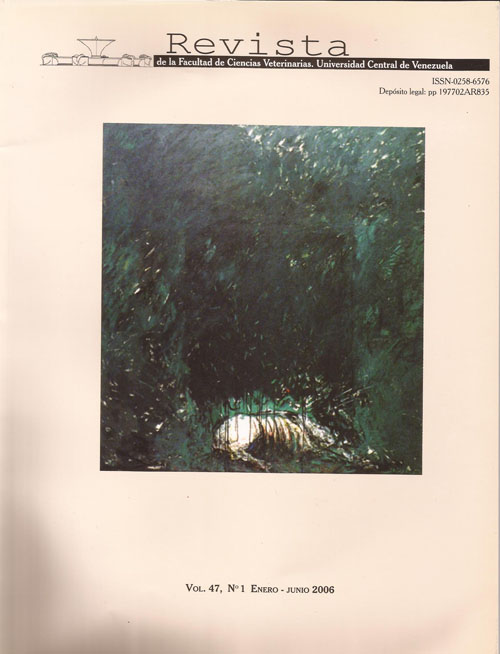VITRIFICACIÓN: UNA ALTERNATIVA PARA LA CRIOPRESERVACIÓN DE EMBRIONES
Contenido principal del artículo
Resumen
A nivel mundial, la técnica de criopreservación de embriones mamíferos más utilizada es la criopreservación lenta o estándar, la cual hace uso de equipos de criopreservación programados que descienden la temperatura a una tasa constante; sin embargo, la implementación de técnicas avanzadas de criopreservación como la vitrificación, surge como una alternativa factible. Debido a la importancia que ha tomado esta técnica de criopreservación desde su aparición en 1985, se ha desarrollado la presente revisión, abordando aspectos básicos de la técnica y detallando algunos factores que intervienen en todo el proceso de vitrificación de embriones.
Vitrification: An Embryo Cryopreservation Alternative
ABSTRACT
The most commonly used cryopreservation technique for mammalian embryos is the standard cryopreservation method, which uses programmed equipments for freezing, that decrease temperature at a constant rate. However, implementation of more advanced techniques for cryopreservation, as vitrification, rises as an alternative worldwide. Because of the importance that vitrification has reached since its beginning in 1985, this review focuses on basic aspects of the technique and details some factors that affect the whole process of embryo vitrification.
Vitrification: An Embryo Cryopreservation Alternative
ABSTRACT
The most commonly used cryopreservation technique for mammalian embryos is the standard cryopreservation method, which uses programmed equipments for freezing, that decrease temperature at a constant rate. However, implementation of more advanced techniques for cryopreservation, as vitrification, rises as an alternative worldwide. Because of the importance that vitrification has reached since its beginning in 1985, this review focuses on basic aspects of the technique and details some factors that affect the whole process of embryo vitrification.
Descargas
Detalles del artículo
Número
Sección
Artículos de Investigación

